
Aloe, in fact, is a plant that is used both in the herbal and phytotherapeutic field and in the food and cosmetic field. Over the years, aloe has been attributed many properties - some confirmed, others denied and others still in the phase of study - which have determined the most varied uses.
The used part of the plant consists of the leaves from which it is possible to obtain - with different processes - two distinct drugs: the aloe juice (rich in anthraquinones) and the aloe gel (containing water, polysaccharides, vitamins, amino acids, enzymes, acids organics, mucilages, plant hormones, etc.).
The two drugs are characterized by a different chemical composition which determines different properties, therefore, different indications and uses.
For further information: Properties of Aloe: what are they? attributed to aloe - and, more specifically, to the juice extracted from its leaves - are attributable to the presence of anthraquinone glycosides, among which we find aloe-emodin, aloin, emodin. These are particular substances that once arrived in the intestine promote the secretion of water and electrolytes, stimulating intestinal peristalsis and consequently preventing its reabsorption.
The laxative activity exerted by aloe juice is of an irritative type, rather intense, and has been amply confirmed and demonstrated, as well as that of numerous other anthraquinone drugs.
PLEASE NOTE: New European Regulation of 18 March 2021
On April 8, 2021, the ban on marketing foods and food supplements containing hydroxyanthracenes and their derivatives, a family of molecules contained in various plants, such as aloe, cassia, rhubarb and senna, came into force.
More in detail, the new European Regulation of March 18, 2021 - which came into force, precisely, April 8, 2021 - modifies Annex III of Regulation (EC) No. 1925/2006 of the European Parliament and of the Council to as regards the botanical species containing hydroxyanthracene derivatives.
The full text can be consulted by clicking here. However, we can summarize the main points as follows:
- The following are added to the list of substances whose use in food is prohibited (Annex III part A of the aforementioned regulation):
- Aloe-emodin and all preparations in which this substance is present;
- Emodin and all preparations in which this substance is present;
- Preparations based on leaves of Aloe species containing hydroxyanthracene derivatives;
- Dantrone and all preparations in which this substance is present.
- The following are added to the list of substances whose use in food is subject to Community surveillance (Annex III part C):
- Preparations based on the root or rhizome of Rheum palmatum, Rheum officinaleBaillon and their hybrids containing hydroxyanthracene derivatives;
- Preparations based on leaves or fruits of Cassia senna containing derivatives of hydroxyanthracene;
- Preparations based on bark of Rhamnus frangula or Rhamnus purshianaA.D. containing derivatives of hydroxyanthracene.
Note:
Often on the market there are products called "Aloe juice"; however, in many cases, the juice in question is obtained from the aloe gel obtained from the central parenchymatous part of the leaves and not from the juice itself which is obtained, instead, by percolation from the engraved leaves of the plant.
which would prove useful in case of ailments such as gastritis or gastroesophageal reflux. These properties seem to be confirmed by some studies conducted on both animals and humans.
The efficacy of aloe gel in providing relief in the presence of the aforementioned pathologies seems to be attributable to its ability to reversibly inactivate pepsin and inhibit the release of hydrochloric acid by interfering with the binding of histamine to the gastric parietal cells.
In addition, the aloe gel is able to exert a soothing and emollient action.
obtained from the plant as a whole.
From the research conducted, it seems that the anti-inflammatory activity is mediated by the inhibition of the production of prostaglandins, histamine and leukotrienes.
healing properties and the ability to promote wound healing are also attributed. Again, similar effects seem to be supported by the results obtained from research conducted on the subject, although there are no official approvals for clinical use in this regard.However, aloe gel is highly appreciated and is widely used in the presence of skin disorders such as sunburn, burns, erythema, irritation and redness.
These properties seem to be attributable to the content of polysaccharides (including mucilages), but not only. In fact, there may also be the involvement of plant hormones and terpene compounds contained in the plant.
Some studies also suggest a potential and useful use of aloe gel against psoriatic plaques and against the formation and healing of small ulcers.
, promoting the release of substances capable of strengthening the immune system and enhancing the activity of T cells.and vitamins - possess an "antioxidant action which, consequently, is also attributed to the plant and its extracts.
Some studies have confirmed these properties, highlighting how anthraquinones can also be involved in this action.
Which Pseudomonas aeruginosa, Staphylococcus aureus, Klebsiella pneumoniae, Streptococcus pyogenes, Escherichia coli, Enterococcus faecalis.listed so far seem to be confirmed by some of the studies carried out (some, however, only conducted in vitro or on animals and not in the clinical phase), it is not entirely correct to speak of real therapeutic indications. This is because the use of aloe is not approved for the treatment of pathologies and is not included in the composition of drugs, but only food supplements which, however, could prove useful - in association with traditional treatments - in the presence of some disorders and illnesses.
Furthermore, we remind you that, although aloe-based products for oral use are of natural origin and can be freely purchased, it is always advisable to ask for the prior opinion of your doctor before using them.
In any case, aloe-based supplements are usually used to promote an emollient and soothing action on the digestive system, as well as to favor its functionality, and to promote the purifying function of the organism.
Topical products containing aloe, on the other hand, are usually used in case of irritation, redness, insect bites and erythema of various origins.
Continue reading with: Aloe vera: Side Effects and Contraindications Select plant Fir Acacia Acerola Sorrel Yarrow Yarrow Yarrow Aconito Adatoda Garlic Agnocasto Agrimonia Alchemilla Alkekengi Aloe Altea Witch Hazel Ammi or Visnaga Pineapple Andrographis Anemone Pulsatilla Angelica Anise Star Anise Japanese Star Anise Bitter Orange Bitter Areca Arnica Harpagophytum Arpagophyte Artemisia Asteragus Basil Asparagus Asparagus Peruvian Asparagus Asparagus Asparagus Hawthorn Boldo Borage Shepherd's Purse Boswellia Bucco Butea superba Cocoa Coffee Cajeput Calamus Calamus Marigold Camedrio Chamomile Roman Chamomile Camphor Cinnamon Ceylon Maidenhair Capuchin Artichoke Cardamom Cardiac Thistle Asian Thistle Carvi Cascara Cassia Catecu Catha Cabbage Celandine Chicory Centaurea Cinnamon Cypress Celandine Chives Cypress Coca Cola Colchico Combreto Condurango Comfrey Coriander Cranberry Barberry American Chrysanthemum Cumin Turmeric Damiana Digital Dioscorea Drosera Dulcamara Dunalilella Echinacea Eder a Ephedra Elenio Eleutherococcus Helichrysum Evening primrose Horsetail Alfalfa Erica Euphrasia Erisimo Escolzia Eucalyptus Farfara Farfaraccio Calabar bean Fenugreek Fennel Phytolacca Frangola Ash Fumaria Japanese Mushrooms Galega Ganoderma lucidum Garcinia Cambogia Mulberry Gentian Broom Ginkgo Ginkgo Guipana Guipana Gynestra Ginkgo Hibelia Gymnasium Hibiscus Guarulp St. John's Wort Horse Chestnut Ispaghul Hyssop Jaborandi Kava kava Konjac Laminaria Cherry Laurel Lavender Lemongrass Lespedeza Lovage Icelandic Lichen Lemon Flax Lippia Licorice Lobelia Hops Maca Marjoram Maize Mallow Manna Marrubio Marrubio d "water Matè Melaleuca Meliloto American Lemon balm Myrtle Myrama Walnut Nutmeg Walnut vomica Olive tree Meadowsweet Ononide Opuntia Oregano Orthosiphon Nettle Poppy Papaya Parietaria Feverfew Passiflora Chilli Perilla Periwinkle Phyllanthus Plantain Picrorhiza Pilosella Pino Pisci dia Podofillo Polygala Grapefruit Parsley Psyllium Pueraria mirifica Butcher's broom Pygeum Quassia Oak Rhubarb Ratania Rauwolfia currant Castor bean Rhodiola Rosehip Rosemary Rue Willow Sarsaparilla Sage Elderberry Sassafras Sedum Ergot Senna Serenoa Repens Soybean Solidago Tansy Taraxus Tamarind Tamarind Tamarind Tamarind Tamarindo Ursina Valerian Vanilla Mullein Verbena Veronica Viburnum Vinca Pansy Mistletoe Vine Withania Yohimbe Saffron Ginger Pumpkin Select disease Juvenile Acne Rosacea Tinnitus Tinnitus Aerophagia Tendon Affections Afonia Aphthae Algias Functional Halitosis Breastfeeding Allergy Anemia Anguish Anxiety Arteriosclerosis Asthrosis Asthrosis Arthritis Arthritis Men Sex Woman Blepharitis and Conjunctivitis Eye bags Bronchitis Gallstones Kidney stones Salivary stones Baldness Androgenetic Candida Fragile hair Caries Headache Cellulitis Motion sickness Cystitis C limaterio Cholecystopathy High cholesterol Ulcerative colitis Colonoscopy Contusions Hematoma Convalescence Couperose Depression Dermatitis Diaper dermatitis Diabetes Diarrhea Erectile dysfunction Dyslipidemia Dysmenorrhea Dyspepsia Disturbances of vision Hemorrhoids Epistaxis Herethism Heart disease Fever Fibromyalgia Gastro-intestinal disease Flatulence Hypertension Fibromyalgia Gastrointomnia Jaundice Laryngitis Renal lithiasis Toothache Sore throat Thinness Menopause Meteorism Mononucleosis Alzheimer's disease Crohn's disease Nausea Vomiting Obesity Dark circles Onychomycosis Osteoporosis Dry skin Periarthritis Piorea Low pressure Prostatitis Psoriasis Colds Breast fissures Anal fissures Gastro-nasal rhinitis Senescence Premenstrual Syndrome Sinusitis Quit smoking Overweight Fatty liver Constipation Stomatitis Stress Cough Triglycerides high Ulcer Burns Nails Brittle flashes Heat Warts Dizziness Properties herbal Tanning Abortive adaptogenic Aphrodisiac bittering analgesic anesthetic anorectics analgesic antacid anti-allergic anti-asthmatic Antibiotic catarrh Anticellulitiche anticonvulsant Antidiaforetiche antidiarrheal edematous anthelmintic antiemetic Antiemorroidarie antiphlogistic Antiidrotiche Antinevrotiche Antioxidants antipyretic antirheumatic antiscorbutic Antiseptic antispasmodic anti-uric Aperitive Flavoring Astringent Balsamic Bechiche Capillarotrope Cardiotonic Carminative Cathartic Caustics Healing Cholagogues Choleretic Dyes Decongestants Deodorants Purifying Diaphoretic Cleansers Disinfectants Detoxifiers Thirst quenching Diuretics Exciting Emetics Emmenagogues Emollients Hemostatic Energies Hepatoprotectors Expectorants Eupepticus Moisturisers Galactosensitizers lanti Hypertensive Hypnotic Hypoglycemic Hypotensive Irritants Laxatives Soothing Narcotic Nerves Nutrients Odontalgic Pectoral Purgative Revulsive Remineralizing Refreshing Rubefacient Scialagoghe Sedative Soporifugas Sneezing Stomachic Stomatics Narcotic Vascular Tightenitis
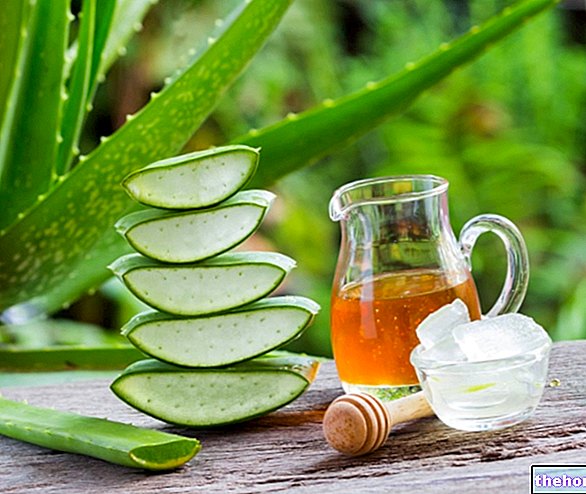
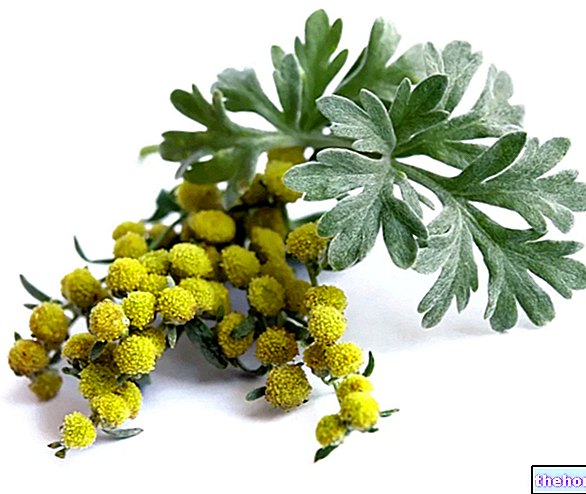
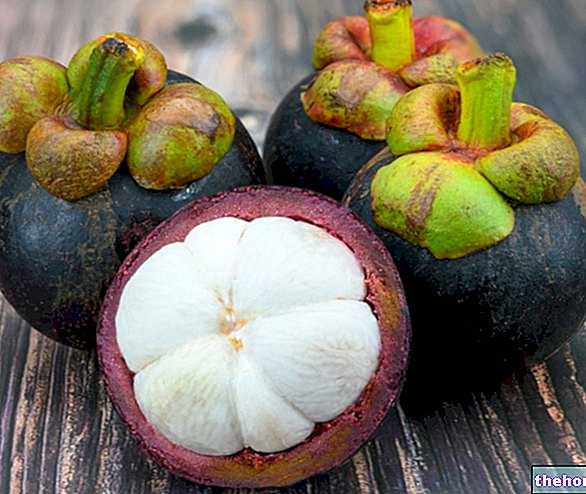

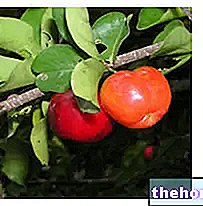
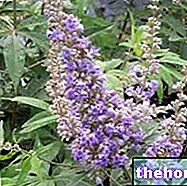









.jpg)











